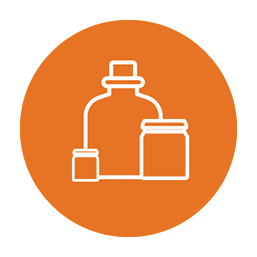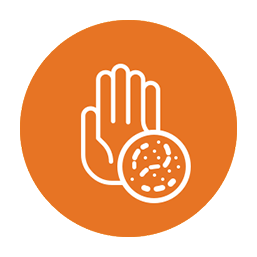savlon-ng-header-banners-r1-02-hygiene-facts.png

What are germs?
The medical term for germs is: microorganisms. Tiny microorganisms are all around us but are invisible to the human eye. Most germs do not cause harm but some can make you sick.
Where can you find germs?
Not everybody will get sick from germs. Our bodies can fight against most germs but some do find a way to get in or onto your body and this causes us to not feel well.
| INSIDE | OUTSIDE |
|
|
Here are some ways germs can spread
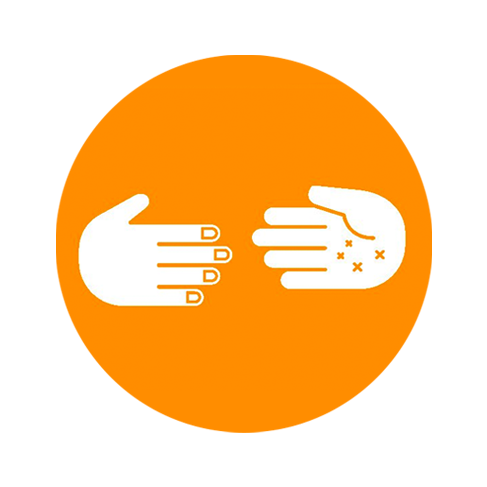
Touching
Germs can spread by touching a surface that has germs, then touching your eyes, nose, mouth, a cut or other openings in the body. Germs also live in body fluids such as mucus, pus and poo.
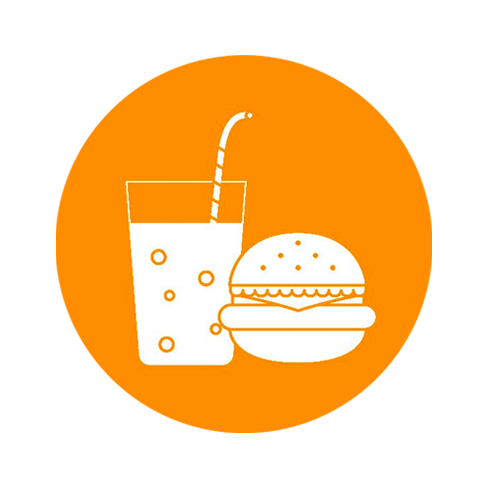
Eating and Drinking
Germs live in old/dirty food and dirty water. Unwashed fruits, vegetables and foods that are not properly cooked can make you ill.
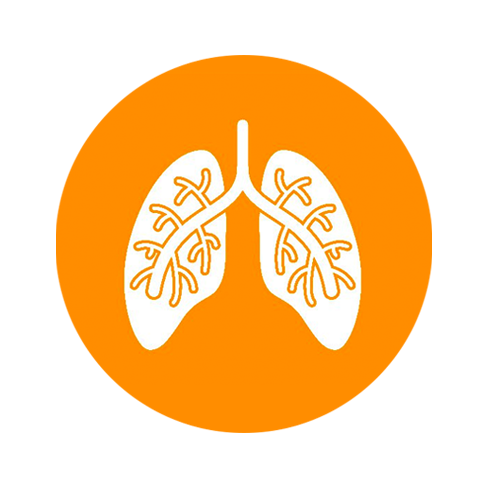
Breathing
You can get sick by breathing in germs when someone coughs, sneezes or talks.

Getting Bitten
All wild animals, pets and small animals eg. Bats and insects have germs in their mouths which can cause you to feel ill and become sick.
See tips, advice and products to protect your loved ones
Product Range
Savlon® Antiseptic Liquid is formulated to kill over 99.9% of germs* on skin.
COVID-19
To find out more about COVID-19 please visit https://covid19.ncdc.gov.ng. Call the 24-hour hotline on 0800 9700 0010 if you think you have been exposed to the COVID-19 virus.

